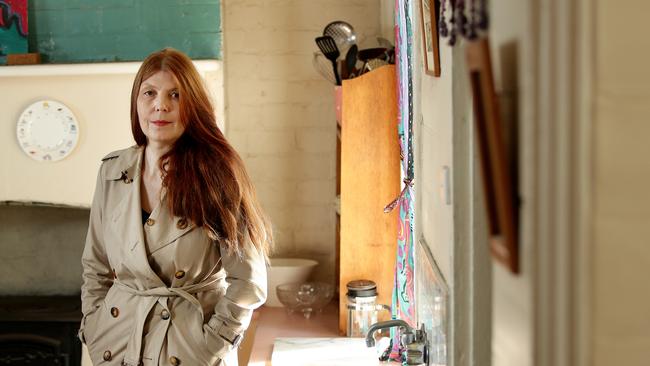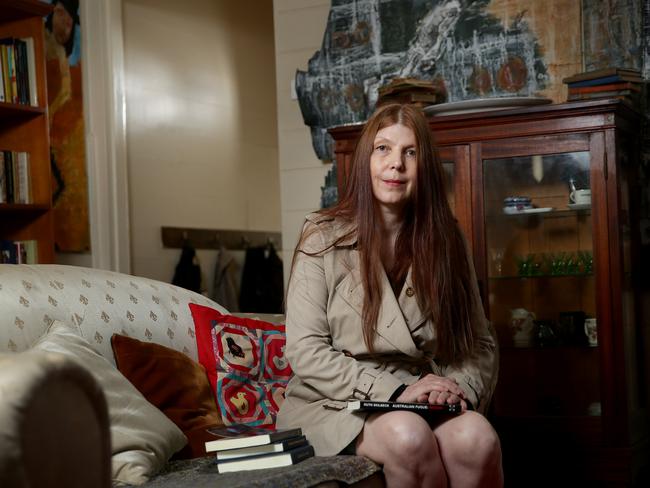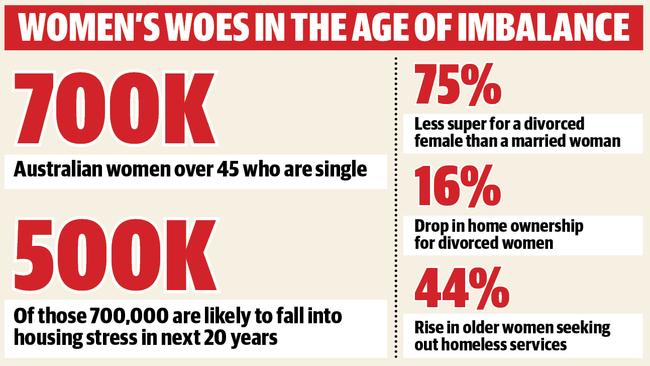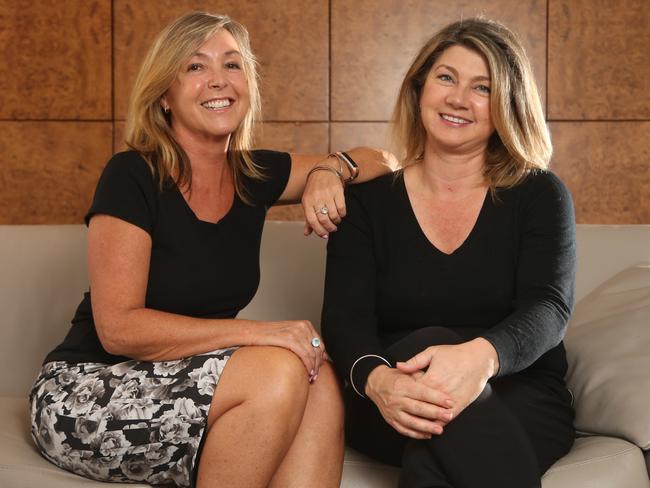Ageing women in financial strife the new face of Australian homelessness
RISING divorce rates, skyrocketing rents and the gender pay gap have combined to create a new homeless epidemic victimising women in their 50s and 60s.

NSW
Don't miss out on the headlines from NSW. Followed categories will be added to My News.
RISING divorce rates, skyrocketing rents and the gender pay gap have combined to create a new homeless epidemic in which women in their 50s and 60s are the victims.
Social workers warn Australia is facing a generational “tsunami” of this older demographic in coming years as a lack of super, casual jobs and high-priced housing take their toll.
Charities are reporting increases of up to 44 per cent in the number of older women seeking homelessness services in the past five years and government stats are showing half a million women will fall into housing stress over the next two decades.

Those same organisations say the increasing number of older women arriving at Sydney’s homeless shelters have led “traditional” lives, been housewives or worked part time, but with the death of a partner or divorce, are shocked and bewildered to find themselves virtually on the streets.
Apart from later life divorces and sky-high rents, the predicted explosion in the population aged over 65, domestic violence, a lack of super and increased casual jobs have also been blamed for driving the phenomenon.
And along with the growth in lone-person households comes loneliness.
The Australian Institute of Family Studies research shows 26 per cent of people living alone report feeling lonely often, compared with 16 per cent of people living with others.
“They may have once owned a house, but lost it through relationship breakdown, domestic violence, business failure or sheer bad luck.”
Western Sydney Women co-founder and women’s business advocate Annabelle Daniel says there has been a “massive increase” in homelessness among older women.
“We’re talking about a generation who have been mums and housewives and may have had a divorce and now they have nothing. Or they have left a domestic violence situation, and now have nowhere to go.”
The Australian Institute of Health and Welfare reports the number of homeless older women seeking help has risen 44 per cent since the collection began in 2011-12. Close to 10,000 older women accessed these services in the past financial year.
A St Vincent de Paul Society spokeswoman says women over 55 are the fastest growing group of people experiencing homelessness.
“Women in Australia are experiencing homelessness at rates more than double those of women in the UK — 59 per cent of Australians seeking help from homelessness services are women,” she said.

The society’s NSW president Denis Walsh said: “We are hearing more and more stories from women over 50 who, after many years of loyal service, are made redundant and can no longer afford to pay high private rentals.”
Ageing and women’s advocate and former MP Susan Ryan says many of these women would not be eligible for public housing in NSW, yet faced “catastrophic” circumstances.
Years ago, more women retired with a house, Ms Ryan says, but that’s become less common, forcing them into expensive rental markets, where the average rental for a one-bedroom apartment outside the Sydney CBD is now $447 a week.
“The shocking aspect of this new face of poverty is that most of the women involved have not experienced long-term serious illness and have worked most of their lives, often in good, middle level jobs,” she said.
“My life was so finely balanced, we were just managing, but the fire completely did me in.”
“They may have once owned a house, but lost it through relationship breakdown, domestic violence, business failure or sheer bad luck.”
Nearly 700,000 Australian women over 45 are single, earn less than the median income and don’t own their own home. And women are having fewer children, resulting in fewer family support networks.
“From this data, it has been projected that more than 500,000 women are likely to fall into housing stress over the next two decades,” Ms Ryan said.
Government agencies are sounding alarm bells to policy makers.
The Workplace Gender Equality Agency says women typically have far less super put away than men: $112,600 versus $198,000 at retirement.
RELATED:
Mother-of-two Ruth Skilbeck, 57, used to live at Mosman, had a PhD in arts writing and worked as a casual uni lecturer and arts journalist.
She was divorced about seven years ago, but an unlucky house fire at a property in Newcastle triggered what she calls a “downwards spiral”.
“My life was so finely balanced, we were just managing, but the fire completely did me in,” says Skilbeck, who has fought to re-establish her career.
Domestic violence survivor Kay Schubach has teamed up with Double Bay lawyer Susannah Quinn to advise women facing divorce on how to take care of themselves financially.

Ms Schubach said statistics showed a mother with a partner earned about half that of a partnered father: $1.3 million compared with $2.5 million.
Women who may be thinking about divorce should seek advice before they even mention the word to their partner, she said.
“It’s very important for women to have a plan before they leave on a number of fronts, for their safety but also legally and financially,” she said.
“Women have suffered financial abuse, they have been signatories on deals they’re not really across.
“Women are being left with a lot of marital debt they were not aware of.
“In economic divorces we see the dissipation of assets very quickly by the aggrieved partner and this has ramifications down the track.
“Homelessness has risen among older women, so it has to be addressed.”



